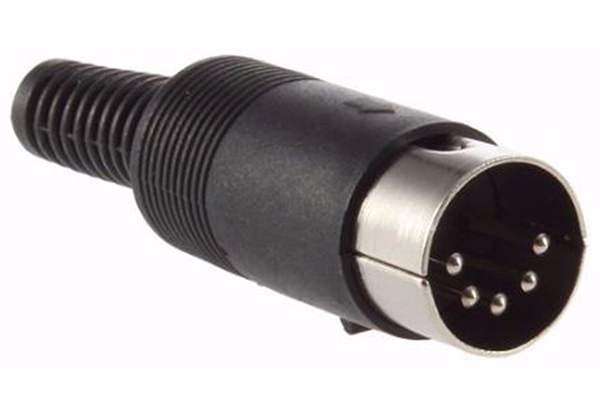What are MPO Connectors?
If you’re in the telecommunications or data center industry, you may have heard of MPO connectors. These connectors have become increasingly popular in modern communication systems due to their high-density connectivity and ease of installation. In this blog post, we’ll dive deeper into what MPO connectors are, how they work, their applications, and their advantages and disadvantages.
What are MPO Connectors?
MPO (multi-fiber push-on) connectors are multi-fiber connectors that allow for the termination of multiple optical fibers within a single connector. They were first introduced in the early 2000s and have since become a popular choice for data centers and telecommunications providers due to their high fiber count and small form factor.
Types of MPO Connectors
There are two main types of MPO connectors: single-mode and multi-mode. Single-mode MPO connectors are used for longer distance transmission, while multi-mode MPO connectors are used for shorter distance transmission. MPO connectors can also come in male and female versions, with the female version having a socket for the male connector to plug into.
Features of MPO Connectors
MPO connectors have several key features that make them popular in modern communication systems. These features include:
- High density: MPO connectors can house up to 24 fibers in a single connector, making them ideal for applications where space is at a premium.
- Easy installation and removal: MPO connectors are designed to be easily installed and removed, reducing the time required for installation and maintenance.
- Low insertion loss: MPO connectors have low insertion loss, meaning that less signal is lost during transmission.
- High return loss: MPO connectors have high return loss, meaning that more of the reflected light is absorbed, leading to less interference.
- Multiple fiber counts: MPO connectors can be configured to house different numbers of fibers, from 2 fibers to 72 fibers or more.
How Do MPO Connectors Work?
MPO connectors work by aligning multiple fibers within a single connector. The connector consists of a ferrule, housing, and boot. The ferrule is the component that holds the fibers in place and is typically made from ceramic or metal. The housing is the outer casing that holds the ferrule in place, and the boot provides strain relief and protection for the fibers.
MPO connectors are polished to ensure a smooth finish on the ferrule endface, which helps to reduce insertion loss and increase return loss. There are three main polishing methods for MPO connectors: physical contact (PC), ultra physical contact (UPC), and angled physical contact (APC). PC polishing is the simplest method, while UPC and APC polishing provide better performance.
Applications of MPO Connectors
MPO connectors are used in a variety of applications, including:
- Data center cabling: MPO connectors are often used in data center cabling for their high-density connectivity and ease of installation.
- Telecommunications: MPO connectors are also used in telecommunications systems for their high fiber count and low signal loss.
- Military and aerospace: MPO connectors are used in military and aerospace applications due to their high reliability and durability.
- Broadcasting: MPO connectors are used in broadcasting applications for their ability to transmit high-quality audio and video signals.
Advantages and Disadvantages of MPO Connectors
As with any technology, MPO connectors have their advantages and disadvantages. Some of the advantages of MPO connectors include:
- High-density connectivity: MPO connectors can house up to 24 fibers in a single connector, making them ideal for applications where space is at a premium.
- Fast installation and removal: MPO connectors are designed to be easily installed and removed, reducing the time required for installation and maintenance. 3. Low insertion loss: MPO connectors have low insertion loss, meaning that less signal is lost during transmission.
- High return loss: MPO connectors have high return loss, meaning that more of the reflected light is absorbed, leading to less interference.
- Multiple fiber counts: MPO connectors can be configured to house different numbers of fibers, from 2 fibers to 72 fibers or more.
However, MPO connectors also have some disadvantages, including:
- Complexity: MPO connectors can be complex to install and require specialized tools and knowledge.
- Fragility: MPO connectors can be more fragile than other connector types due to the small size of the fibers and the precision required for installation.
- Cost: MPO connectors can be more expensive than other connector types due to their high-density connectivity and specialized nature.
Despite their disadvantages, MPO connectors have become a popular choice for modern communication systems due to their high-density connectivity, ease of installation, and low signal loss.
Conclusion
MPO connectors are multi-fiber connectors that allow for the termination of multiple optical fibers within a single connector. They are popular in modern communication systems due to their high-density connectivity, ease of installation, and low signal loss. MPO connectors can be used in a variety of applications, including data center cabling, telecommunications, military and aerospace, and broadcasting. While MPO connectors have their advantages and disadvantages, they have become an important technology in modern communication systems and are likely to continue to be used in the future.

